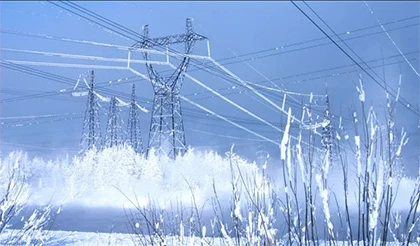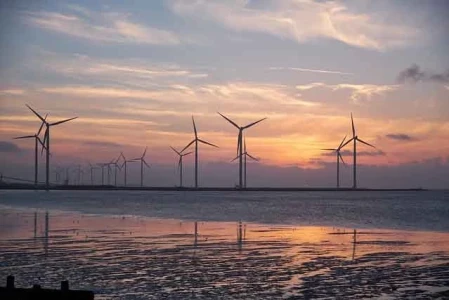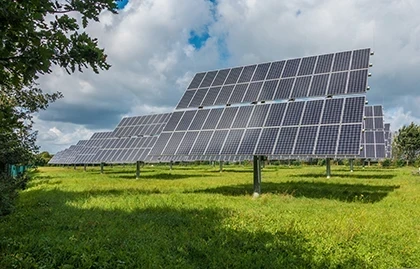High Arctic Polar Bears Most Vulnerable to Climate Change

New research has highlighted that polar bears in Canada’s high Arctic are among the most vulnerable to the impacts of climate change. This alarming finding underscores the urgency of addressing the environmental challenges facing these iconic Arctic predators as the climate crisis intensifies. The study, reported by the Winnipeg Sun and MSN, provides crucial insights into how climate change is affecting polar bear populations and their habitats in one of the most remote and pristine regions of the world.
The High Arctic's Changing Landscape
The high Arctic, characterized by its extreme cold and icy landscapes, is undergoing profound changes due to global warming. Rising temperatures are causing significant shifts in sea ice patterns, which are critical for the survival of polar bears. Sea ice serves as a vital platform for polar bears to hunt seals, their primary prey. As the ice melts earlier in the spring and freezes later in the fall, polar bears face challenges in accessing their food sources and maintaining their energy levels.
-
Melting Sea Ice: One of the most immediate impacts of climate change on polar bears is the reduction in sea ice extent. Research has shown that the ice in the high Arctic is thinning and breaking up more rapidly than in previous decades. This forces polar bears to swim longer distances to find stable ice, which can lead to increased energy expenditure and decreased hunting success.
-
Hunting and Feeding: With less time on the ice, polar bears have shorter periods to hunt for seals. This can lead to lower reproductive rates and increased mortality, particularly among cubs who rely on their mothers’ hunting skills for survival. The reduced access to food sources also impacts the overall health and condition of polar bears, making them more susceptible to disease and starvation.
Research Findings and Implications
Recent research has highlighted the severe impact of climate change on polar bear populations in Canada’s high Arctic. Key findings from the study include:
-
Declining Bear Populations: The study reveals a decline in polar bear populations in the high Arctic regions. Researchers have observed reduced numbers of bears and lower reproductive rates in areas affected by significant sea ice loss. The changing ice conditions are disrupting the bears’ natural behaviors and survival strategies.
-
Increased Energy Expenditure: Polar bears are expending more energy in their search for food due to longer swims and greater distances between ice floes. This increased energy expenditure reduces their ability to build up fat reserves, which are crucial for surviving the summer months when food is scarce.
-
Ecosystem Impacts: The decline in polar bear populations has broader implications for the Arctic ecosystem. Polar bears play a critical role as apex predators, and their decline can affect the balance of the entire food web. For instance, reduced predation pressure on seals may lead to changes in seal populations and subsequently affect other species dependent on them.
Conservation and Policy Recommendations
To address the challenges faced by polar bears in the high Arctic, several key actions are recommended:
-
Strengthen Climate Policies: Effective climate change mitigation is essential to slowing the loss of sea ice and reducing the overall impact on polar bear habitats. This includes international efforts to reduce greenhouse gas emissions and limit global warming to well below 2°C.
-
Protect Critical Habitats: Conservation efforts should focus on protecting and preserving critical polar bear habitats. This includes creating marine protected areas that ensure the preservation of important sea ice regions and managing human activities that may further stress polar bear populations.
-
Enhance Monitoring and Research: Continued research and monitoring of polar bear populations are crucial for understanding the impacts of climate change and developing effective conservation strategies. Enhanced data collection can help track changes in polar bear health, behavior, and population dynamics.
-
Community Engagement: Engaging Indigenous communities and local stakeholders in conservation efforts is important for the successful management of polar bear populations. Indigenous knowledge and experience can provide valuable insights into the effects of climate change and help inform conservation strategies.
Conclusion
The research highlighting the vulnerability of polar bears in Canada’s high Arctic to climate change serves as a stark reminder of the far-reaching impacts of global warming. As sea ice continues to decline and polar bears face increasing challenges, urgent action is needed to address both the immediate and long-term threats to their survival. Strengthening climate policies, protecting critical habitats, and enhancing research efforts are crucial steps toward ensuring the future of these magnificent creatures in a rapidly changing world. By taking comprehensive action, we can help safeguard polar bears and the Arctic ecosystems they depend on.







